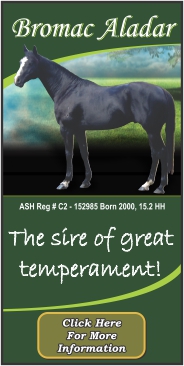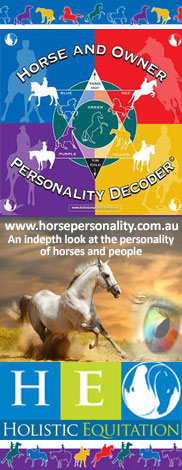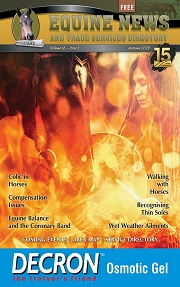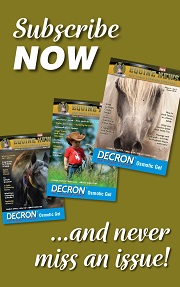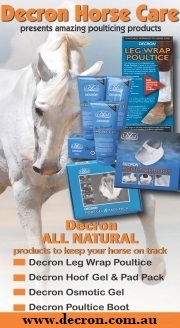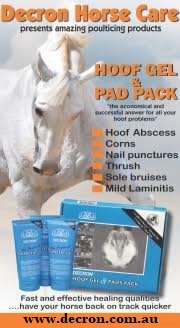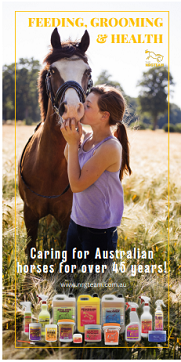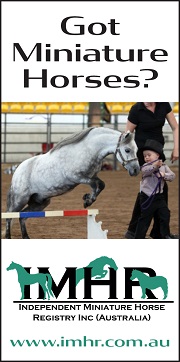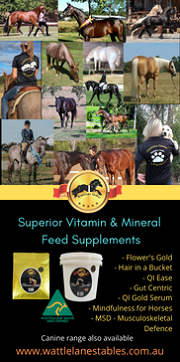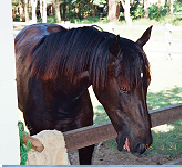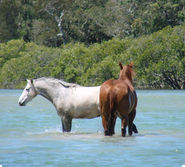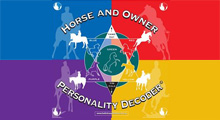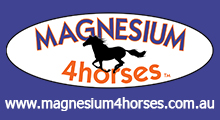
Flatulence – a word that across all ages, languages and countries has a unique and powerful ability to provoke laughter. Known by many other terms, flatulence is a build-up of gas in the digestive system that can lead to abdominal discomfort. It often develops as the result of eating certain foods, but it can be a sign of a more serious condition and there is the potential for this gas to become temporarily trapped within the bowel causing colic.
Gas is a normal by-product of microbial breakdown. Microbial fermentation can lead to a large amount of gas production in the stomach, which the horse has limited capacity to alleviate due to its one-way oesophagus. Gas is also a normal by-product of fibre digestion and fermentation in the horses’ large intestine. Think of the large intestine as a compost heap or fermentation vat, where fibre is fermented, generating energy for the horse and gas as a by-product. There is the potential for this gas to become temporarily trapped within the intestine causing colic. The horse has about 30 metres of intestine and there are many sharp turns and hairpin bends to enable it to sit within the abdomen (Figure 1). Gas can become trapped and build up in the loops of the intestine, causing intense pain. Providing there is not a complete obstruction of the gut, the gas will pass and exercise can help the process.
Figure 1. the loops and turns of the intestine
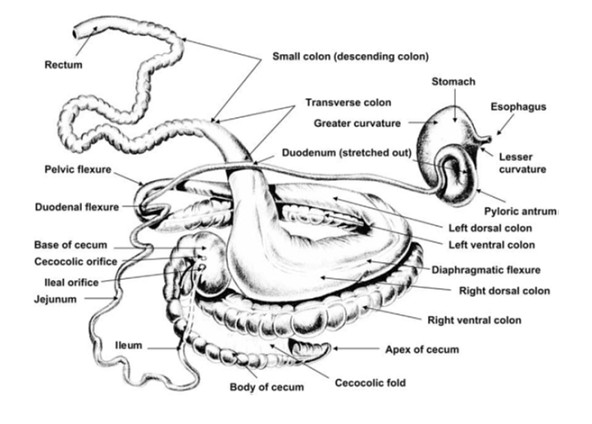
The gasses produced during digestion include methane, hydrogen, carbon-dioxide, rotten egg gas and other potent and less potent gasses. Horses produce up to 80 litres of methane each day. The exact amount depends on the amount and type of different feeds in the diet. A diet high in fibre results in an alkali pH of the hind gut – diets high in starch produce more acid.
Picturing the intestine as a fermentation vat, with a diverse range of micro-organisms (flora = bacteria, protozoa, fungi) (Figure 2). The caecum alone contains 1000 million organisms per ml.
Wild, undomesticated prezwalksi horses have different and more diverse flora than domestic horses. It seems horses have lost much of their gut diversity as a result of domestication – mirroring losses detected in humans transitioning from agricultural to urban lifestyles.
Figure 2. Some of the trillions of little creatures that make up the gut biome.

Each type of micro-organism likes a different type of feed and thrives in a narrow range of pH – a bit like a swimming pool that must be kept in a narrow pH range or it turns nasty and toxic.
The gastrointestinal microbiome is a complex community of micro-organisms that are mainly responsible for protecting the horse against gastro-intestinal diseases, are crucial for health and performance, have multiple roles in nutrient breakdown and utilization and produce folate, vitamin K2 and biotin. Different organisms live in different sections of the gut (Figure 1) in a complex and dynamic environment that houses a large population of both ‘good’ and ‘bad’ bacteria. The bad (pathogenic) bacteria are not harmful to the horse when kept in balance and only become harmful when the microbiome is disrupted and pathogenic microbes are able to proliferate and dominate. Feed plays a huge role in what microorganisms are present in the gut. If the horse consumes a diet largely composed of fibre, the microbes needed to digest the forage will be in abundance.
There are many factors that can disrupt the homeostasis of the normal flora including stress, illness, medication, travel, weaning and diet, leading to a shift in the diversity and decreased gut health. A study in ponies found that a journey of 3 ½ hours altered the profile and number of gut micro-organisms – even though there was no change in manure pH or appearance (manure samples are not a full representation of microbes in the small and large intestines of horses). A study in weanlings found a change in diet (the sudden introduction of small amounts of grain) changed the biome balance within 5 hours. Other studies have found that behaviours related to mental distress, aggression and oral stereotypies (weaving, wind-sucking), were related to the composition of the intestinal biome. Feeding frequency also has an effect on gas production – constant access to roughage and dividing any hard feed into multiple, (4 or more) small meals/day reduces the risk of excess gas production.
There are differences between horses in how much gas they produce. A large portion of equine gut microbiota is unique to the individual animal, and microbes in different parts of the gastrointestinal tract are very different. The microbial diversity is borne out of their preference for different feeds and which part of the gut the feed is digested in. There are also differences in the gut flora between seasons – with protozoa higher in summer. This is likely due to variation in grass type and quality. In winter, the fibrous content (ADF) of pastures and hay is higher, reducing digestibility and increasing gas production. And while spring grass might be a welcome sight after months of winter, its high nutritional content can exceed the capacity and composition of the biome – too much too fast can lead to overload and a bout of gassy colic.
Gas colic is a catch-all term that refers to abdominal pain in horses caused by excessive gas in any portion of the intestinal tract. If the horse’s flank regions are distended, the most likely location for the gas is in either the cecum or the large colon. In contrast, the adult horse’s flank region rarely distends if the gas is in the small intestine; this is not the case for foals, as excessive gas in the small intestine can cause marked distention of the foal’s abdomen. A colicky foal may not show typical signs of colic. Instead, they may lay on their back with their legs tucked.
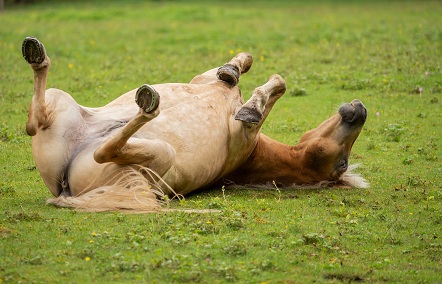
Gas colic (also known as flatulent colic) can also result from sudden access to a higher starch/sugar feed. Pain associated with gas colic is a consequence of distension and stretching of the wall of the gut. Although it is often impossible to identify the cause of gas colic, inadequate access to roughage, poor parasite control, stress, and administration of certain anthelmintics have been implicated. Gas distention of the large colon is due either to excessive fermentation of feedstuffs or an inability of the horse to move gas along the tract.
Complications from gas distention arise if the distended bowel becomes displaced or twists upon itself. Many horse owners are concerned that this may occur if the horse lies down or tries to roll. The likelihood that rolling causes intestinal displacements is very small. The gas distended portion of the intestine would naturally rise to the top of the abdominal cavity, suggesting that twisting of the intestine occurs by itself. In other words, horses probably roll in response to the intestinal twist rather than the rolling causing the twist. In fact rolling (as long as not dangerous to people or the horse) may return the displaced portion to its correct position. Horses with gas colic should always be seen by a veterinarian and treated to avoid further complications.
Tympany occurs when gas builds up in the large intestine (hind gut). Risk factors include: increased time spent stabled, change in diet, poor dental care, crib-biting/ windsucking behaviour. Excessive gas can be produced after ingestion of large amounts of grain or mouldy feeds. Horses along with elephants, koalas, rabbits, rhinoceros, rodents and termites are hindgut fermenters and any disruption to the hindgut microbial community causes digestive disorder, acidosis and gastro-intestinal diseases. Protecting the gut microbes is essential for maintaining gut wall integrity and reducing the risk of digestive disturbances.
The golden rules from pony club are simple and clear:
- feed your horse on the same regular timetable every day
- don’t make sudden changes to the diet
- clean fresh water supply should always be available.
- keep feed, containers, bins and hay clean, dry and free of mold and dust
- have teeth checked regularly
- feed at least 1.5% of body weight as roughage daily (6kg for a 400kg horse)
- keep feed off the ground to avoid sand ingestion
- ensure parasite control is based on manure egg counts, with the correct drug and time
- when pasture grows rapidly, allow gradual access – an hour a day for the first few days to allow the biome time to adapt
Some recent research has found that omega 3 oils have a positive effect on the gut bacteria composition in horses, decreasing inflammation and gut permeability (leaky gut syndrome where toxins in the bowel can leak into the bloodstream). This effect has also been found in humans and other animals – so look after your own biome as well as your horses.
For more information visit www.jenquine.com










